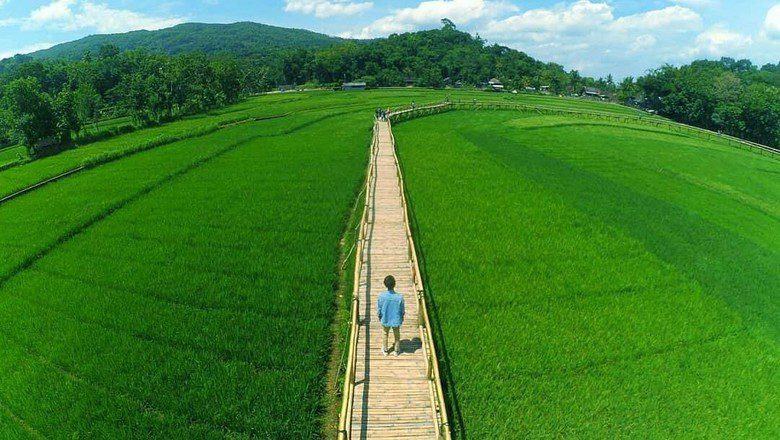Understanding Natural Resources – Everyone knows, that everything that comes from the Earth, biosphere, and atmosphere is called natural resources. Natural resources have a very important role to meet the needs of all human life. In addition, natural resources are also important as human habitation.
There are many types of natural resources on earth. Natural resources can be classified based on their nature, potential, and types.
Natural Resources Based on Their Nature
First, the types of natural resources based on their nature, natural resources are divided into:
1. Renewable Natural Resources (Renewable Resources).
Renewable natural resources are types of resources that depend on their management, in the sense that they depend on human use. Inventories can increase or decrease.
If it can be managed with good utilization, then this natural resource can increase and recover and then regenerate again. However, this type of natural resource can experience a decline if its use uses excessive exploitation methods.
Examples of renewable natural resources are water, soil, air, plants and the sun.
a. Water

Water is the most important compound for human life on Earth. As a natural resource stored in the earth, water can be found easily from wells, rivers, lakes, to the sea. Furthermore, water is used by humans to meet their daily needs, from drinking, bathing, washing, irrigating agricultural land and plantations, generating electricity, and providing transportation.
b. Land
Soil is part of the earth’s crust that contains minerals and natural organic matter. Soil is formed from weathering or erosion of parent rock (inorganic) mixed with organic matter. Soil has a very vital role for human life because it functions as a support for
plants. The soil body consists of air (20-30%), water (20-30%), mineral matter (45%), and organic matter (5%).
The benefits of land resources for human life are:
- Provides nutrients for plants.
- Provide food for plant biota.
- Become a living habitat and carry out activities.
- Become a source of raw materials for handicrafts and household products.
c. Air
In addition to water and soil, air is one of the most important compounds in the survival of human life. Air has an important role because it is a mixture of various gases which are colorless, odorless and tasteless. The presence of air is only visible from objects that are moved by air. Air has an infinite nature, where air always seeks and fills space.
The benefits of air as a natural resource are:
- Supports flower pollination.
- Be a source for breathing.
- Become an airplane flight path.
- Communication channels through antennas to satellites.
- Motivational energy channels.
d. Plant

Plants are multicellular eukaryotic organisms that live and belong to the plant kingdom (kingdom plantae). Plants as organisms that have chlorophyll or leaf green substances that function as a medium for creating food or commonly known as the process of photosynthesis. Please note that plant species can live and carry out photosynthesis need the help of sunlight.
Well, the benefits of plants for human life are as food ingredients, medicines, food flavoring ingredients, natural dyes, and so on.
e. Sun
Quoted from the California Institute of Technology, the Sun or some people call it the sun is a star consisting of hot gas with a large mass, rotating, and shining. The sun is like the stars that are visible in the sky both day and night.
The sun has a role in life as the source of life for all creatures. As the center of the solar system, life on planet earth is strongly influenced by the sun. The sun is not a solid mass and does not have an easily identifiable boundary. That’s because almost the entire layer of the sun consists of hydrogen and helium.
The National Aeronautics and Space Administration (NASA) as the independent agency in charge of the space program argues that without heat and sunlight, planet Earth would be an ice-covered rock ball without life. The existence of the Sun is to warm the oceans, move the atmosphere, produce weather patterns, and provide energy to green plants as a provider of food and oxygen for life on Earth.
2. Non-Renewable Natural Resources
These natural resources are natural resources that will physically run out and cannot be reused. Examples of non-renewable natural resources are coal, oil and natural gas.
Non-renewable natural resources are natural resources that are limited in number. This is because the use of these natural resources is faster than the process of their formation. If consumed continuously, it is certain that these resources will run out and become extinct.
Examples of non-renewable natural resources are:
a. Petroleum
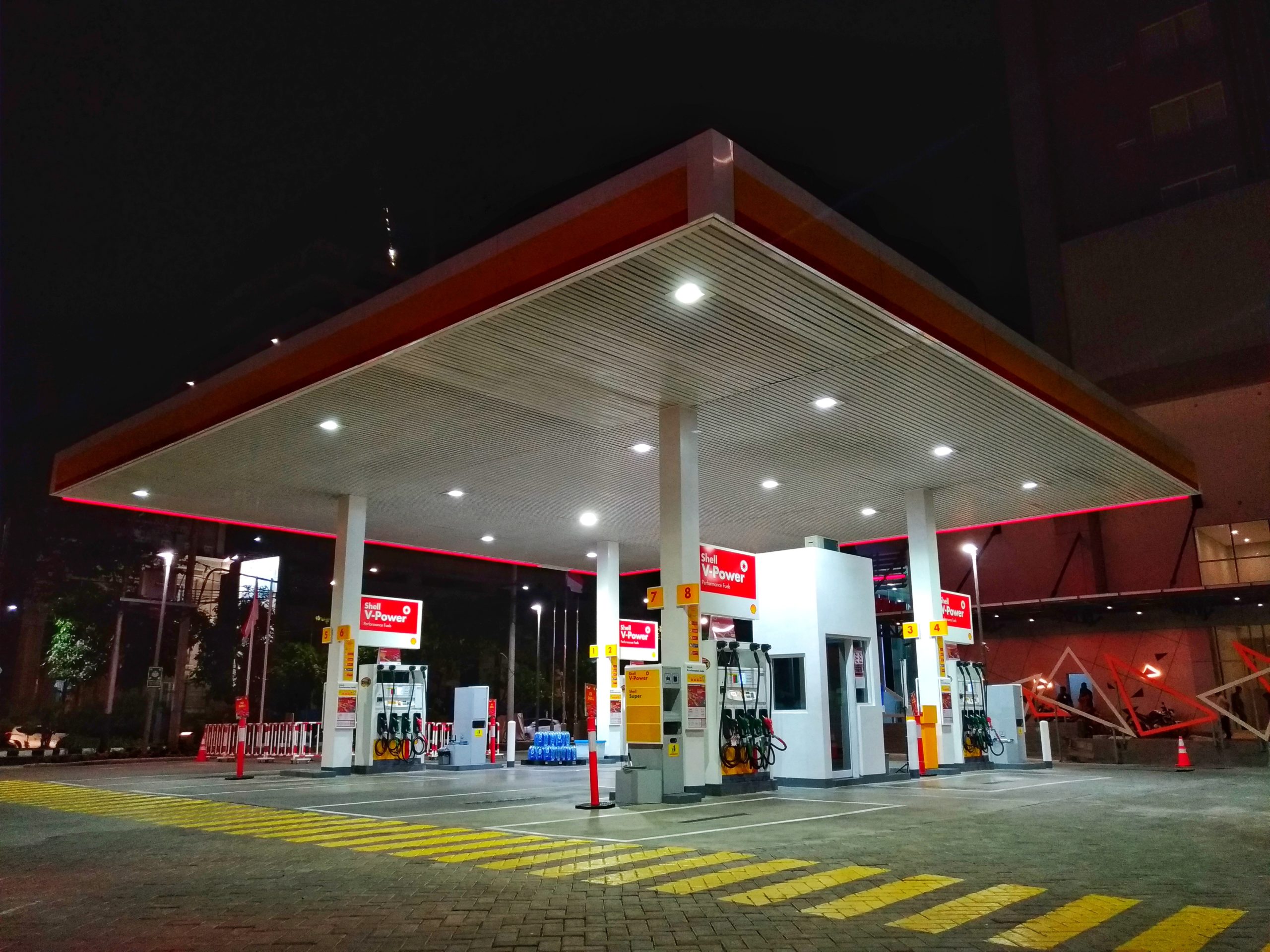
Petroleum is a concentrated liquid that comes from the top layer of the Earth’s crust. In the management process using the results of various geological studies. Where the study focuses on the location of petroleum sources or commonly called petroleum wells.
Petroleum provides tremendous benefits to mankind around the world. Referring to the opinion of Puja Laksana, petroleum comes from living beings that die then are covered by layers of soil and rocks. The living creatures that died millions of years ago are commonly known by the term fossils, which are fossils that produce petroleum or fossil fuels.
Petroleum itself consists of a mixture of hydrogen and carbon molecules formed from sediment or deposition of the remains of animals and plants trapped for millions of years. This process occurs due to pressure and temperature in the Earth’s crust, resulting in an oil reservoir located deep below the ground surface.
The process of reservoir formation due to a layer of hard rock called the nest rock (cap rock). Petroleum is formed as a result of hydrocarbon processes in the soil that began about three million years ago. The formation process itself occurs at a temperature of 65-195 degrees Celsius at a depth of 5,000-12,000 feet.
It is conceivable if the world’s oil supplies run out or run out. What will happen is that petroleum cannot be renewed because the formation process takes millions of years. Therefore, crude oil is classified as a non-renewable natural resource.
Furthermore, to be used by humans, crude oil will go through a process of separation and cracking. This separation process has the principle that crude oil which is a mixture of all components will be separated. Each component of crude oil which is still a hydrocarbon is separated based on differences in boiling points.
Here are the benefits of petroleum that have been felt by humans:
- Be the fuel for cooking.
- Become a source of fuel for transportation.
- The basic ingredients for the manufacture or synthesis of compounds in paint, cosmetics, plastics, rubber, detergents, and so on.
- Being a lubricant or oil in various vehicle engines.
- Materials to make candles to produce batik, paper coatings for food, and so on.
- Ignition fuel in large industries, such as Steam Power Plants.
- The basic material for asphalt used in road construction, besides that it can also be used as an insulator.
b. Coal
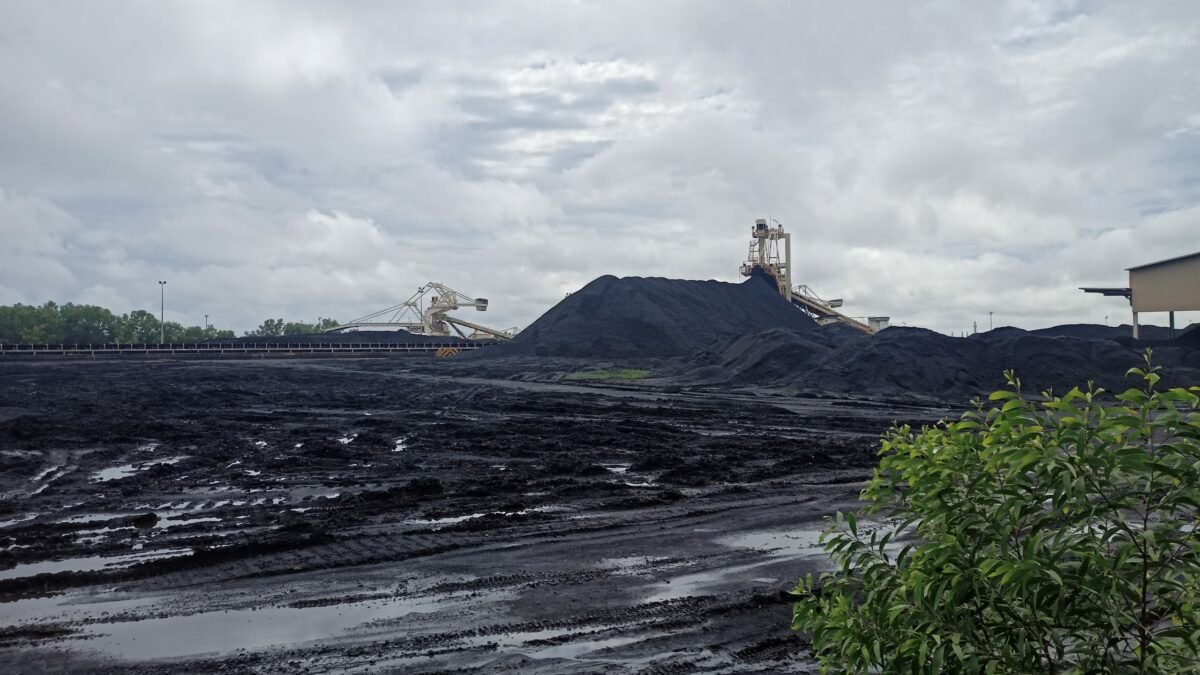
Apart from oil, coal is also a fossil fuel. This makes coal a non-renewable natural resource. Coal is an organic sedimentary solid hydrocarbon fuel formed from the biochemical, chemical and physical decomposition of plants in oxygen-free conditions. The process of decaying plants takes place at certain pressures and temperatures for a very long time. This is what makes coal a complex mixture because it contains organic chemicals from carbon, oxygen, and hydrogen in one carbon chain.
The definition of coal has actually been stated in Law no. 3 of 2020 concerning Amendments to Law Number 4 of 2009 concerning Mineral and Coal Mining. Coal is a naturally occurring deposit of carbonaceous organic compounds from plant residues. Quoted from the Indonesian Ministry of Energy and Mineral Resources in a press release number 246.Pers/04/SJI/2021, Indonesia’s coal reserves in 2021 will reach 38.84 billion tons.
With an average coal production of 600 million tons per year. The supply of coal reserves in Indonesia is sufficient to last up to 65 years. In addition to coal reserves, Indonesia is noted to still have large coal resources of 143.7 billion tons.
In the book “Coal and Its Utilization” published by Gadjah Mada University Press, the use of coal in Indonesia is prioritized as fuel for power plants and cement factories. Starting from 1993, Indonesia took steps to provide socialization related to the use of coal in the community as a household material and small industry.
The benefits of coal include:
- Become fuel for power generation.
- The basic and main fuel for steel production, cement, alumina processing centers, paper mills, chemical and pharmaceutical industries.
- Coal by-products include soap, aspirin, solvents, dyes, plastics, and fiber.
c. Gold

Gold has a very long history in the history of mankind. Gold is a valuable object because it can be used as a medium of exchange or as an investment asset. Gold itself is actually a chemical element in the periodic table that has the symbol Au (aurum) and atomic number 79. Chemically, gold is not only a good conductor of heat and electricity. Gold is also resistant to rust and corrosion because it is not oxidized with oxygen.
This metal is soft and malleable so it is easy to shape. Its hardness, which only ranges from 2.5-3 on the Mohs scale, makes gold can be used as jewelry in various forms. According to a publication from the American Museum of Natural History, gold is formed as a result of deposits in fractured rock commonly called lodes, or veins.
Just like oil and coal, gold also comes from within the Earth’s crust. Most seam deposits form when heated liquid circulates through gold-bearing rock, picking up the gold and concentrating it in new locations on the crust.
Over millions of years, gold flakes are washed away with the water. Heavy gold settles on the bottom of rivers, lakes, and seas by forming placer deposits. In most of the Earth’s crust the concentration of gold is very low. On average, one tonne of rock from the crust contains 0.005 grams of gold, compared to 58,000 grams of iron.
In everyday human life, gold provides benefits as a jewelry material and a commodity that has high economic value. The rare and limited nature of gold makes gold have an expensive price. In addition, the high price of gold is due to the high cost of producing it. As a result, until now the price of gold always rises because the demand also increases.
Types of Natural Resources Based on Their Potential Use
After understanding the meaning and types of natural resources by type. Next, we will discuss natural resources based on their potential use. There are three types of natural resources based on their potential use, namely:
1. Material natural resources. This type of natural resource is only used in its physical form.
Examples of material natural resources: iron, wood, cotton fiber, and gold.
2. Natural resources of energy. This type of natural resource is used by utilizing its usefulness value as energy.
Examples of natural energy resources: oil, natural gas, waterfalls, and sunlight.
3. Natural resources of space. This type of natural resource is used for living or living space.
Types of Natural Resources Based on Kinds
Next are the types of natural resources based on the type, the types of natural resources are divided into two:
1. Non-biological (abiotic) natural resources.
These natural resources are inanimate resources. Examples can be found in our daily life, such as soil, rock, water, and wind.
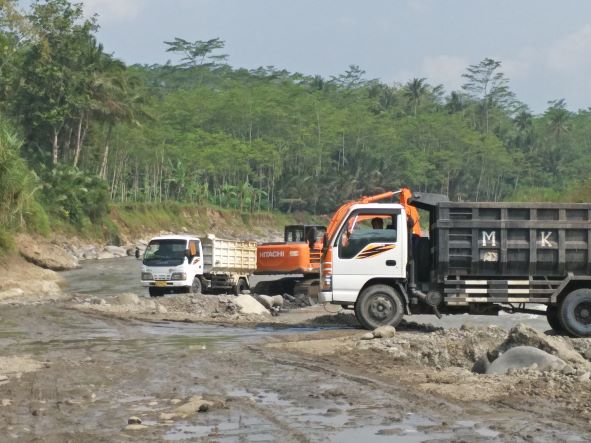
2. Biological natural resources (biotic).
Natural resources are natural resources in the form of living things. Examples of biological natural resources are humans, animals and plants.
How to Conserve Natural Resources
Behind the enormous utilization and use, humans also have demands and obligations to participate in conserving the natural resources that exist on Earth. The real purpose of preserving natural resources is so that the next generation of humans can still experience the same benefits from natural resources as the Earth’s wealth in the future.
Nature conservation is a principle in managing natural resources. Sustainable development (sustainable development) is one form of nature conservation is being echoed. Sustainable development is development that is carried out while meeting the needs of the present without compromising the ability of natural resources to meet the needs of future generations.
The following are the principles of sustainable development:
1. Equity
Equitable distribution of natural resources is considered to be one of the ways that can prevent inequality in society and allow every human being to have equal access to the results of natural resources. This equity aims to ensure that each region can obtain a balanced development.
2. Energy
Energy as the key to the rapid development of human civilization needs attention. This is because the energy used on a large and massive scale can make energy from natural resources depleted and slowly depleted. Energy saving is one of the keys in conserving natural resources. Slowly, humans must immediately let go of dependence on non-renewable energy.
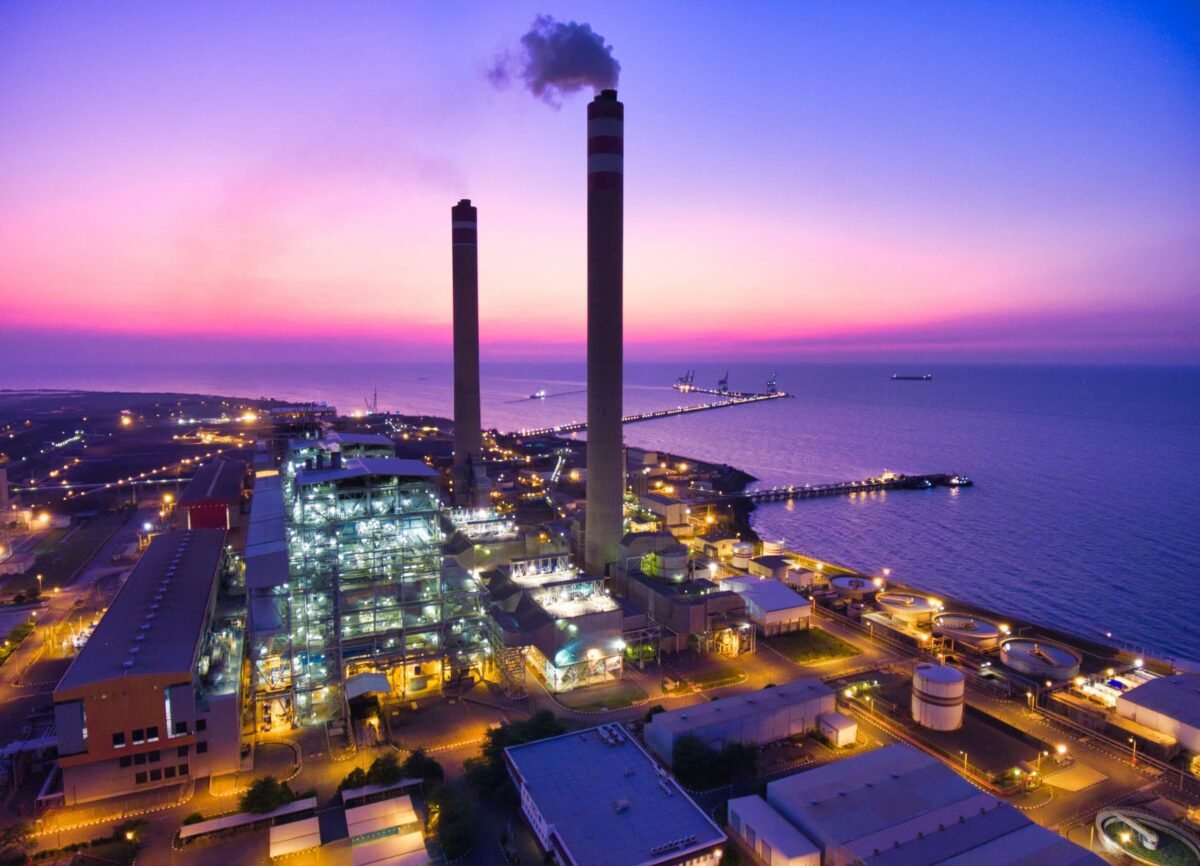
Humans must immediately switch to using renewable energy sources produced from renewable natural resources. Energy savings can be adapted for all types of natural resources by not using them in vain or looking for other alternatives to replace them. One of the definite steps to save energy that is currently being carried out is the use of sunlight as natural lighting and environmentally friendly electricity.
3. Economy
Economic principles that can support the preservation of natural resources are economic activities that are able to increase competitive capacity and development of basic infrastructure, such as housing, routes, to information infrastructure.
4. Participation
Without joint steps, the preservation of natural resources will not have a significant impact. Therefore, the principle of participation is the implementation of sustainable development that actively involves the community.
5. Ecology
Utilization of mixed land as much as possible is one strategy that can be done, in terms of ecology. As is now often done, namely the provision of Green Open Space (RTH), limiting excessive city expansion, and so on.
Environmental problems can be caused by two factors, namely humans and nature. The human factor is the main cause of the many environmental problems that occur.

